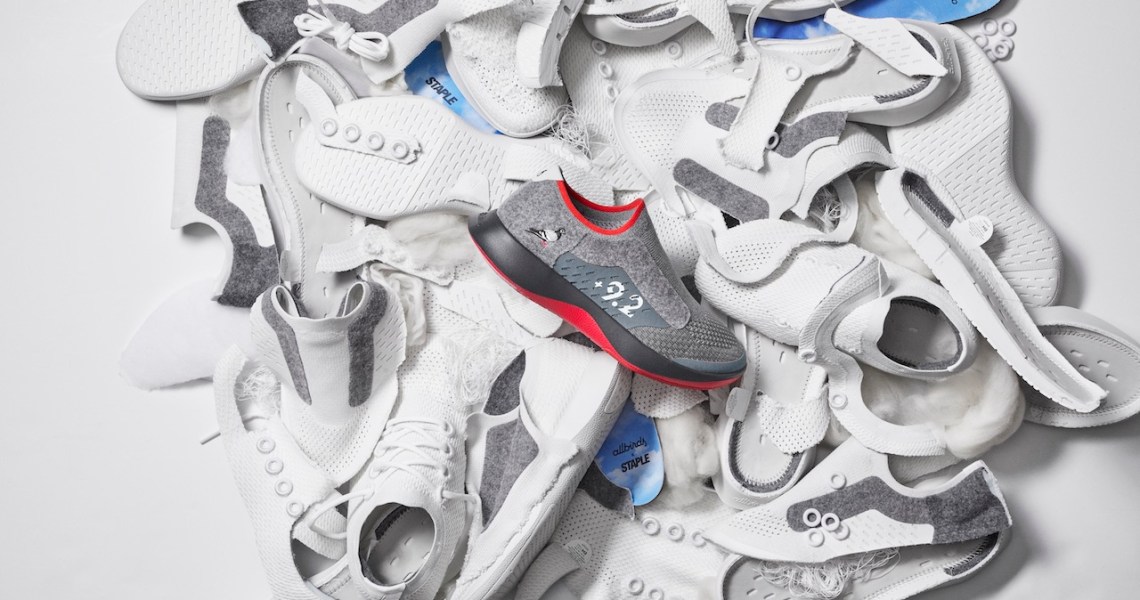The fashion creative director for many years had a fairly simple job description: to oversee the design and aesthetics of the brand, with a focus on product.
But over time, particularly in the last five years, that role has become much more amorphous. Creative directors are expected to shape a brand’s entire presence, including the look and feel of fashion shows and marketing. For those who are also brand founders, the role ensures control over big business decisions. Meanwhile, for others, the title translates to being the public face of the brand on social media; widely collaborating, on behalf of their brand or independently; or putting their creative prowess to use in areas outside of fashion, like music, design, art and architecture.
The shift has meant that fashion brands are increasingly seeking creative directors with larger public presences and far-ranging visions. Creative directors like Kim Jones at Dior, Alessandro Michele at Gucci and Matt Williams at Givenchy typify this new generation of young creative directors with eclectic visions who can speak to a younger audience.
The collaborative, wide-open nature of modern fashion, as well as the dominance of social media, has led to creative directors needing to wear many hats at any given time, said Jeff Staple. Staple, as creative director of his eponymous brand Staple, is a perfect example of the modern creative director’s eclectic and wide-reaching business pursuits. In addition to Staple, he’s the creative director of sneaker rental platform Kyx World, heads a creative consultancy company called Reed Art Department and collaborates on an array of personal projects.
For example, in the last six months, he’s released a collection through Staple, consulted on a series of lounge chairs for furniture brand Parc through Reed Art Department and launched Kyx World, all while continuing to host his podcast, “The Business of Hype.”
“Part of a creative director’s job is the curation of influences and collaborations,” Staple said. “In the ’80s and ’90s, your level of absorption was limited to the city you were based in and the places you traveled to. But now, with social media, you have a funnel the size of planet Earth. So curation of interesting ideas has become a full-time job. Creative directors like Virgil Abloh and [Uniqlo’s] John Jay were so influential because they took threads from all over the world and wove them together.”
Like Staple, a number of creative directors have become well-known for their personal presences online and in the media, in addition to their designs. There’s Rebecca Minkoff, with the weekly “Superwomen” podcast she hosts and Tiffany’s Ruba Abu-Nimah, who hosts the popular Clubhouse show Culture Club.
Ad position: web_incontent_pos1
Amy Smilovic, creative director of Tibi, has made herself an extremely public face of the brand. She began live-streaming from Tibi’s Instagram in April 2020 to showcase Tibi’s new clothes during the pandemic. To the 70,000-plus followers, she posts regular bits of style advice, and guidance and musings on where fashion is headed. For Smilovic, having more of her personal interests and thoughts pushed to the forefront is a liberating part of being a creative director.
“If I’m on the train, I can post myself wearing a pair of our pants,” Smilovic said. “By the time I’m in [the office], our marketing team has done a post about those pants, and our e-comm team moved them to the front of the site. It’s not planned out, but it’s freeing.”
This shift in creative directors’ responsibilities is changing how candidates are selected, as well. Olivier Rousteing was named creative director at Balmain at the age of 25 and with relatively little experience beforehand. But he was boosted by his strong understanding of marketing and his Instagram presence, he told Vogue Business. Rousteing has more than 5 million followers on Instagram. In 2019, Louis Vuitton CEO Michael Burke said that part of the reason for hiring the late Virgil Abloh as artistic director was his innate understanding of marketing and hype.
Abloh is among the best examples of a modern creative director who epitomized restless collaborating and far-reaching interests. In addition to designing for Louis Vuitton and Off-White, he had ongoing collaborations with brands from Nike to Jimmy Choo and collaborated widely with non-fashion brands like Ikea, Evian, Equinox, Rimowa and Vitra.
“Virgil was very open-source about what he did,” Staple said. “If you look at his Instagram, the number of people he was shouting out was staggering — both big and small, blue check and non-blue check. Compare that to Kanye [West], who pulls in all these ideas, but doesn’t even list who’s featured on some of his songs. Virgil was very modern in that it was all about being open and transparent about all these threads and where they came from and how they came together.”


